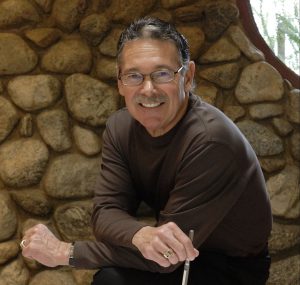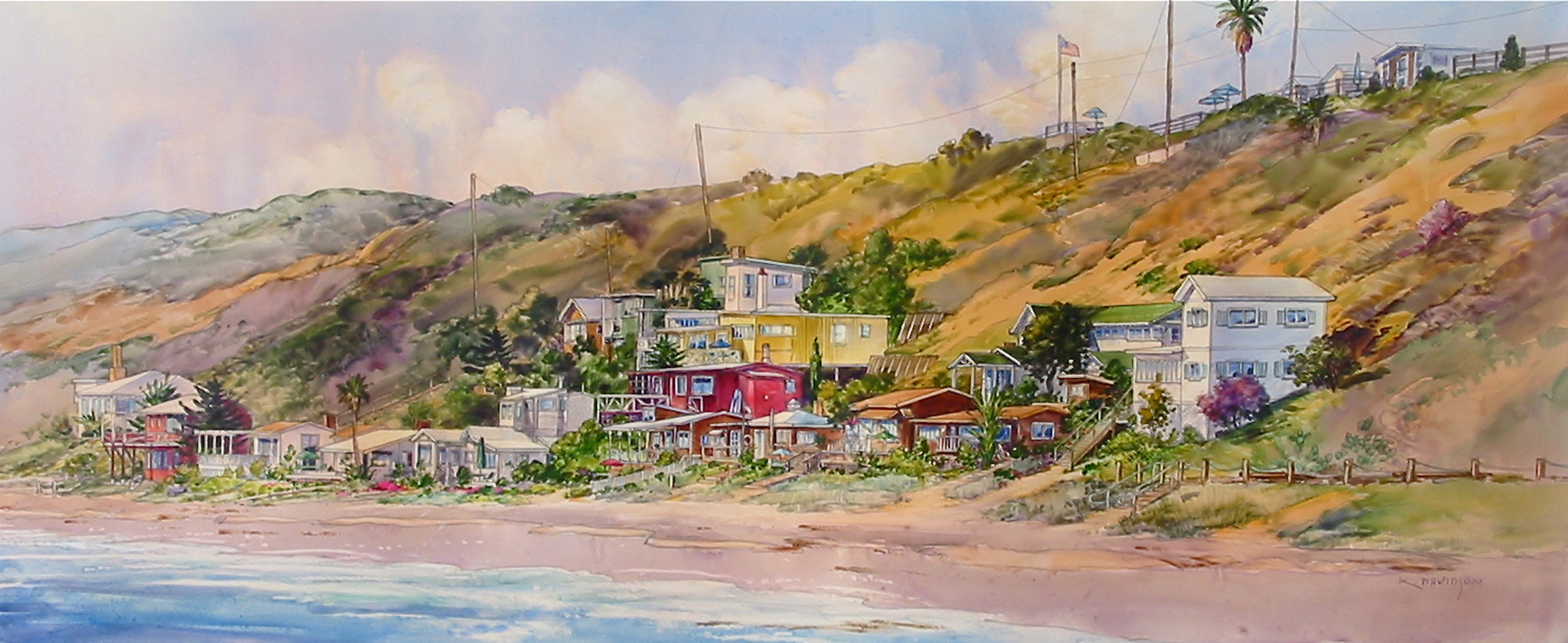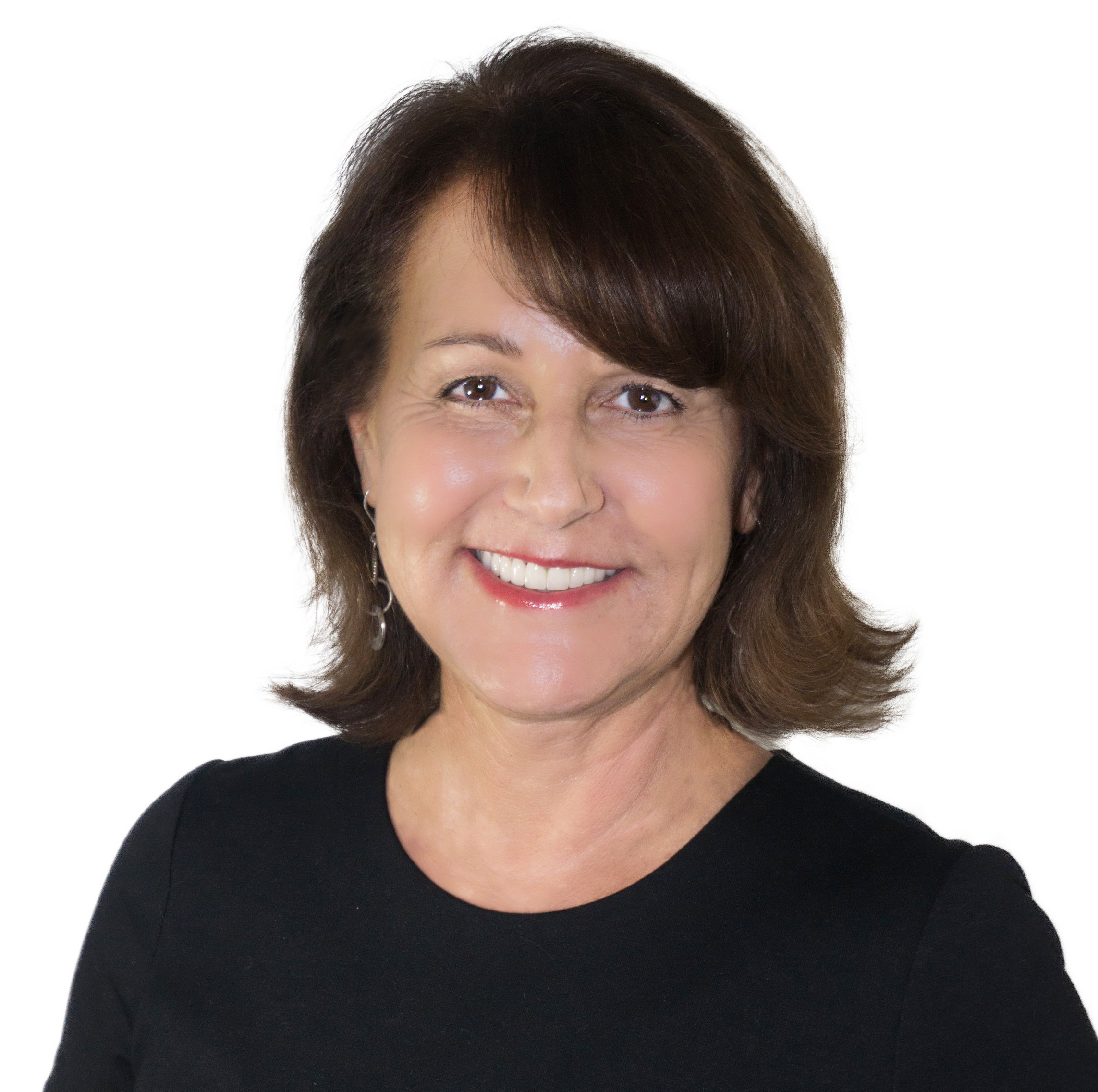Architect Designs to Capture Natural Heat
For 40 years Brion Jeanette has designed homes with environmental impact in mind. Whether it is with simple energy conservation fundamentals or rethinking construction, Jeanette believes architecture should improve the quality of life for more than just his clientele.
Q: What influenced your step into conservation?
A: There was a lot unfolding into the ‘70s from events in the ‘60s that resulted in an energy crises and an economy that was stagnant. Already interested in ways to improve our energy consumption, I graduated in 1971 with a bachelors of architecture with an emphasis on environmental sensitivities, structural integrity and design theory from University of Arizona, Tucson. By 1973 the U.S. had an oil embargo where Saudi Arabia raised the barrel of gas from $7 to $12 and the cost of energy was going to the moon. Along with other engineers and architects, I was asked to become part of the California Energy Commission to write provisions for the original Title 24, energy efficiency standards that today have saved Californians $74 billion since 1977.
Q: Seems like U of A had a big impact on you.
A: I was lucky that even in the early ‘70s, U of A was ahead of its time in energy awareness. The importance of working with airflow, shade, landscaping and the environment to design energy-efficient buildings was heavily emphasized. My design philosophy is based on those concepts. One of the major aspects in my curriculum was how to treat the environment with kid gloves. And Tucson is a desert with temperatures rising to 125 degrees in the summer and down to 28 degrees in the winter. That kind of weather extreme brings innovative ways for energy conservation.
Q: What are some solutions in energy conservation you incorporate in your own designs?
A: Since Title 64 many programs have been implemented to help with our energy consumption. Recently in 2011, the Assembly Bill 32 of the California Global Warming Solutions Act of 2006, basically requires all new California homes built to be net zero in energy consumption by 2020, commercial buildings by 2030. Not relying on the grid to provide electricity is possible even right now. I’ve been living off the grid for 29 years and the energy I save is returned back to the grid. We have been designing our projects with these goals in mind since the beginning of our practice.
Q: Is this a difficult process?
A: These days it is much easier to become energy efficient because technology has opened the doors to make it easier for us to accomplish. The widgets we have now, such as converting energy from DC to AC, are smaller and more efficient. But the major key to conserve energy is to design the home so it doesn’t need as much energy to run in the first place. And location can be a big help. Site acquisition analysis prior to buying a home can determine not only the suitability for a client’s goal, code restrictions, constructability issues, but also the simple basics of sun exposure.
Q: Sun exposure?
A: We use very basic fundamental rules of energy conservation. Being able to examine the home site before purchase, we can examine its solar potential, ways to capture the sun’s energy naturally just by the orientation of the property. Planning the home to sit on the property with the morning sun shining into major living areas such as the kitchen and family room is one way to take advantage of natural heat. In turn these areas are later shielded by the intense western setting sun. Our motto is use the sun, not a gas heater.
Q: And the home itself?
A: Instead of lots of fans, motors and pumps with heating and air-conditioning units, we instill more passive methods that utilize better insulation like dual or triple glazing on windows. Pulling hot air into a hot air chimney or belvedere into the outside environment is another method; couple it with an area that sucks cool air from down around the house, planters, lawn or covered patio and brings it into the home. It’s creating convection currents. In Arizona swamp coolers sit on the roof and circulate moist air into the home for cooling. And this cooler can easily be run by a PV (photo-voltaic) area that turns the sun’s energy into electrical power.
Q: Which we call solar panels.
A: Yes. The technology for solar panels these days is so much better. Mine right now can generate 190 watts per hour; where current new panels are now capable of creating 300 watts per hour. Yet you can begin to run a more energy efficient home simply by changing out all the incandescent lights for LEDs and lower wattage usage considerably. Mercury-filled light bulbs called CFLs (compact fluorescent lights) might be energy efficient, but are going by the wayside. LEDs are safer and use about 10-12 watts of energy against incandescent light’s 600 watts.
Q: What changes do you see in designing a home?
A: With the growing number of baby boomers, today’s current thrust is in smaller homes for couples with multi-functional spaces such as Zen and exercise rooms and large spacious rooms with alcoves. Despite the smaller dwelling, all the goodies are still there – electronics, and loads of sunlight. Most important changes are the increased demands for architects to make sure homes are energy efficient, with environmental conservation and sustainability keyotes in our design.



